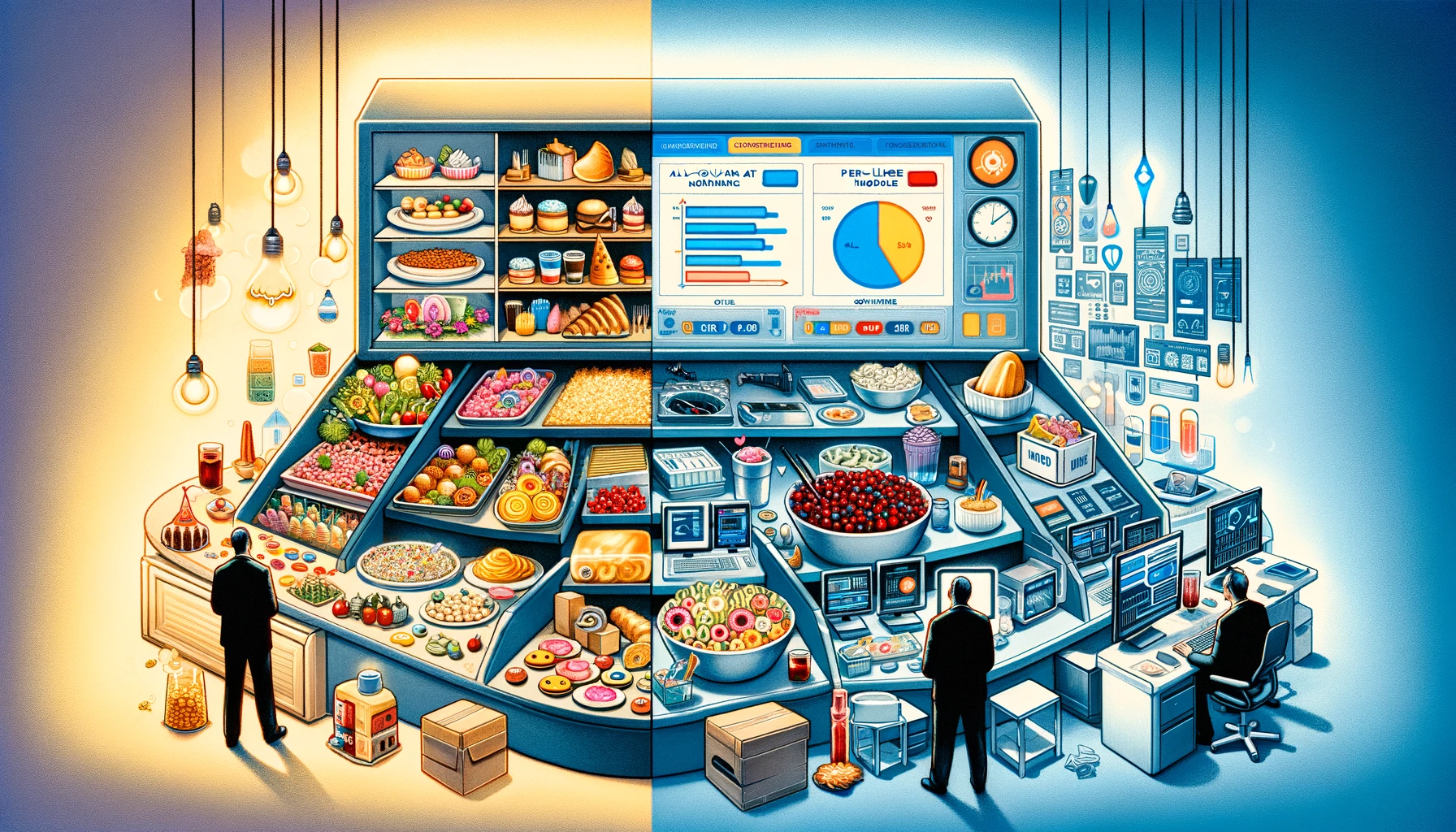
The 2010s were dominated by SaaS – but software isn’t the only place subscription businesses have thrived. Businesses selling bits or atoms looked at how they could build a recurring revenue business model, and get the valuation markup that came with it. The shape of pricing was similar for most businesses – whether WeWork, the New York Times, or Netflix – subscribe to an all you can eat model with one login, and do everything you can to reduce churn.
As customer preference evolves, government regulation starts to show up, and businesses innovate on pricing model a new shape of subscriptions is emerging changing how to manage subscriptions for customers and businesses alike.
Governments are getting involved
The anti-pattern of signing up for a service online, and needing to find a phone number or mailing address to unsubscribe is slowing becoming no more. Germany is leading the charge in the EU against this behavior while California is doing the same in the US.
The regulatory requirements for privacy terms, terms of service, and renewal notices are also changing as consumer protection groups move against subscription anti-patterns.
Ironically, many of these patterns existed before software picked up subscription as a core business model as anyone who has ever tried to cancel a gym subscription knows. But the wide scale at which software has brought subscriptions to the consumer has brought these patterns into the spotlight.
Customer preferences are changing
Both the all you can eat model of subscriptions and every transaction being a subscription is weighing on the customer.
The “All you can eat” model is seeing backlash as higher prices are being met with functionality that customers aren’t using. Cable TV saw this backlash with cord cutting when customers realized that they only watched certain channels, and decided to buy specific packages (though couldn’t we all have predicted we would just end up in the same spot).
B2B users are finding that paying for usage or per seat makes more sense for their procurement teams than buying in large unused blocks.
The frustration for all customers is that everything has become a subscription. Oracle started this pattern years ago with paid upgrade plans, and annual support plans for a database purchase which was one-off. Salesforce accelerated it with their move to “no software” CRM in the cloud. And now the market seems exhausted by it.
Innovation in pricing models
As the cost structure and usage structure is changing, businesses are changing how they price as well.
One login to rule them all across many media sites has been replaced with a maximum number of locations and devices who can simultaneously be logged in.
All you can eat has been replaced with seat-based or usage-based pricing. Even trendier is blending these two – a flat rate access to a platform with usage based pricing for how much the platform gets used. Of course cell phone companies were using this style of pricing in the ’00s, but the emergence of this pricing in software came with Platform-as-a-Service businesses, and is now moving into the mainstream as AI-powered businesses move into the mainstream.
The subscription pricing model is here to stay, but the shape of it is constantly evolving. As regulations change and customer preference changes, businesses need to make sure they are investing in tools that make managing subscriptions easy without taking time away from their core product focus. That’s exactly what Project Amelia will help solve for, and we’re excited to help drive innovation in the subscription economy moving forward.
